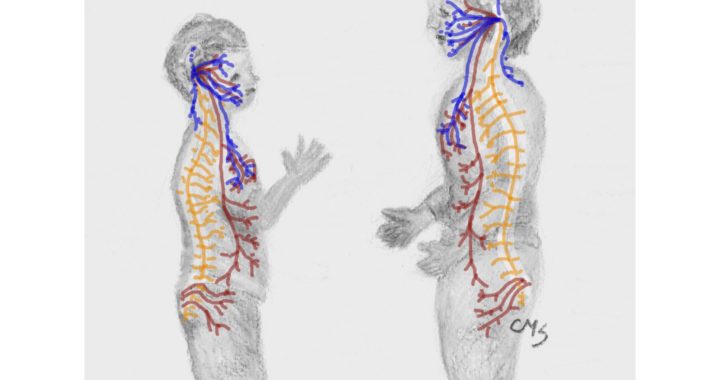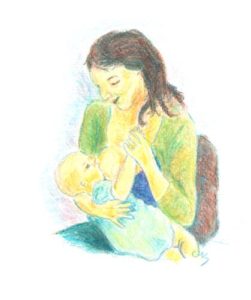Cherionna Menzam-Sills is a therapist, author, teacher of Craniosacral Biodynamics, mindful movement called Continuum, and Prenatal and Birth Psychology. As well as having a private practice, she is a senior tutor at Karuna Institute, teaches around the world with her husband and Biodynamics pioneer, Franklyn Sills, and enjoys supporting practitioners through mentoring and supervision in person and online.





I’m not that much of a online reader to be honest but your sites really nice, keep it up!
I’ll go ahead and bookmark your site to come back later.
All the best